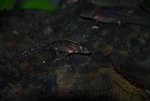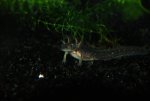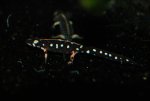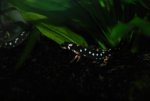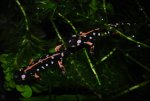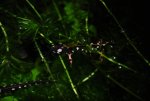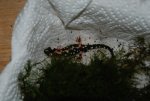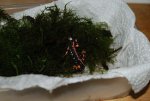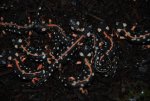Davo
New member
- Joined
- Jul 31, 2008
- Messages
- 255
- Reaction score
- 11
- Points
- 0
- Location
- Stoke-on-Trent, England.
- Country
- United Kingdom
- Display Name
- Martin
Update on kaisei larvae . lost a lot on the way but the finaly settled down and they are starting to colour up. I will try and post a few pics but they are a bit dark. I have had big loses in small tanks without filteration, but the lge tank with external filter has been much more succesfull. I have done small 2 ltr water changes daily, if i have done larger water changes i had losses. I also turned off the lights completeley, they just have natural light which they seem to prefer. You cant keeep them full they never stop eating so if you are planning to breed them get plenty of brine shrimp and daphnia ready!
Cheers Martin :happy:
Cheers Martin :happy:

